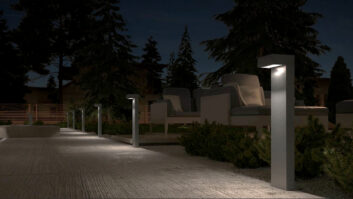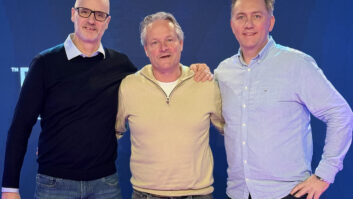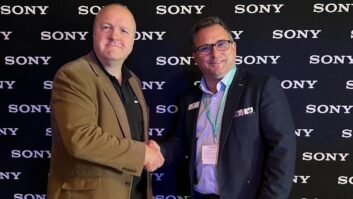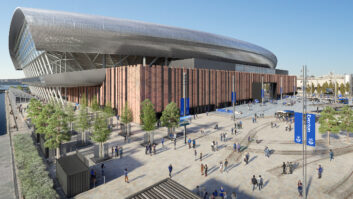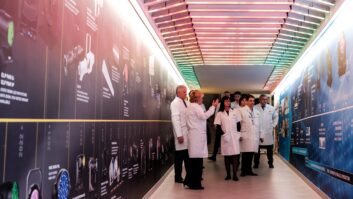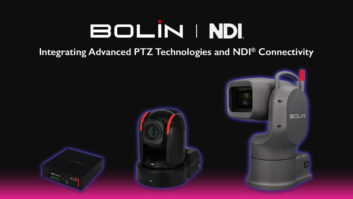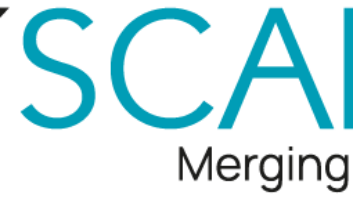The rise in LED technology is allowing lighting designers and architects to discreetly integrate lighting into the building fabric. Mike Attard of Ridi gives an overview of some recent examples. A good lighting design will always strike a good balance between the functional, creative and increasingly, the energy-saving capability of a scheme. With the growing use of LED lamps and luminaires, many designers are taking advantage of lighting’s energy-saving potential while also drawing on a growing palette of creative options that this new technology has to offer.
New boundariesThe light fixture has been around as long as the incandescent lamp, but while this wildly popular (but inefficient) light source is currently in the process of being regulated out of existence – the luminaire lives on. Many new companies are joining the market and there is now a bewildering array of LED luminaire options to choose from. This wide choice comes with an equally diverse range of quality and price.
For the specifier, it is important to be aware of safety issues and for peace of mind, doing business with a reputable manufacturer should always be the first purchasing consideration. Alongside that, an understanding of the performance and characteristics of the various available product types is important to make informed specification decisions. One of the new types of luminaires that are beginning to make an impact is the LED strip.In fact, LED strips are beginning to blur the clear boundary between light source and luminaire. In the hands of an experienced creative, these new format luminaires are taking lighting schemes in a new direction where creativity and sustainability are comfortable bedfellows.@page_break@Light pollutionThere are many sources of light pollution, and building exteriors and interiors are the main culprits. The unpopularity of light pollution has led to the formation of ‘dark sky’ movements and such like, aimed at minimising and eradicating the effect of artificial light on the night sky. There is lot of merit in addressing the impact of wasteful interior and exterior schemes, and LED technology offers aesthetic benefit without waste – reducing the overall effect of light pollution.
The Nicholas Grimshaw-designed Five Boats (above) is a waterside development of office and retail facilities in Duisberg, Germany (top). Five Boats refers to the distinctive shape of the five main office buildings. The buildings are linked by ‘monitors’ that form a continuous strip containing walkways and conference facilities. The lighting concept for Five Boats is based on the idea of an ‘internally-lit’ facade through integrated LED technology.
The scheme uses the four connecting wings as a reflective surface and mixes brilliant colours and intensities through pre-programmed lighting scenes. Although eye-catching and impressive, the internally-lit facade offers a controlled and contained light output while also consuming far less energy than a floodlighting scheme. The result is an energy efficient scheme with minimal light pollution.
The LED modules were embedded into the window mullions. Designed especially for the project, the modules had specific lenses to create a distinct square cut-off projection. The light from these was cast onto the opposite wall of the corridor to create an intense lighting effect. Such illumination also served to deliver a low level of safety lighting to the interior core areas of the building. The whole scheme uses only 2.4kW at night – the same load as it takes to boil a kettle! The control of the lenses also enabled the building to take on a multi-colour effect with precise colour bands across the facade.@page_break@Corporate imageFor many companies, having a strong brand identity is an essential marketing tool that helps promote recognition in consumers and ensure differentiation from their competitors. Increasingly, companies are looking to use their brand identity in new ways, usually through the use of colour. Architectural lighting is a powerful medium for companies to communicate their corporate identity. In fact, with the clever use of LED lighting, a company building can act as a large-scale expression of corporate image and culture.
A case in point is a new façade lighting installation at headquarters of the performance car manufacturer Porsche (above). The facade is lit in a glowing, bright blue that is offset by contrasting red details. LED luminaires are set into the upper window frames to project light to each individual floor, while the blue light relies on projection to create the effect. The installation fulfils all necessary energy-saving criteria, while being a powerful brand symbol for Porsche.
Weatherproof linear-profile LED luminaries were used to cast light around the bands of windows. This still allows the building to have night-time presence without leaving all the office lights on. Much has been said about turning off office lights at night but many iconic cityscapes would look dull at night without some presence. This solution allows the building to maintain its identity at night. The exact blue achieved was tuned to Porsche’s liking after much experimentation. Mike Attard is managing director of Ridi UK. www.spectral-lighting.co.ukwww.ridi.co.uk
